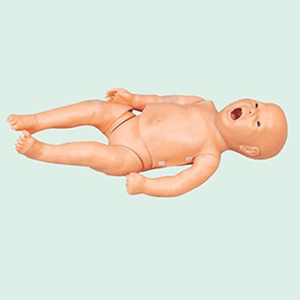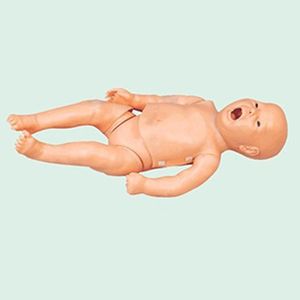In the medical field, the care of premature infants is a challenging and meaningful task. Because premature babies are not physically mature, they are less able to adapt to the outside world, so they need more sophisticated and professional care. The preterm model, as an important tool for training and practice of medical staff, is gradually becoming a helpful assistant to improve the nursing level of preterm infants.
The premature baby model provides a near-real operating environment for the medical staff. From the tiny skin touch to the complex physiological reaction, the model can accurately simulate the characteristics of premature babies, so that medical staff can be immersive in practice, and feel every detail of premature baby care.

In the course of training, help the medical staff to get familiar with and master various nursing skills. Whether it is daily feeding, changing diapers, or more complex vital signs monitoring, respiratory support, etc., the medical staff can practice repeatedly through the model until it reaches the level of proficiency and precision. This type of training not only improves the operational skills of medical staff, but also enhances their self-confidence and ability to cope with emergency situations.
More importantly, it also helps health care workers to focus on subtleties that might otherwise be overlooked. In real nursing scenarios, due to the particularity of the physical condition of premature infants, medical staff often need to handle multiple tasks and monitor multiple indicators at the same time, which can easily lead to some subtle changes being ignored. The premature baby model can simulate these subtle changes, and guide the medical staff to observe, discover and take corresponding nursing measures. In this way, medical staff can have a more comprehensive understanding of the physiological status and needs of premature babies, thereby providing more personalized and refined care.
In addition, it has the function of teaching evaluation. By simulating different nursing scenarios and situations, the model can provide real-time assessment and feedback on the operations of the medical staff. This feedback mechanism can not only help the medical staff to correct the wrong operation in time, but also help them to learn lessons and continuously optimize the nursing process and method.

